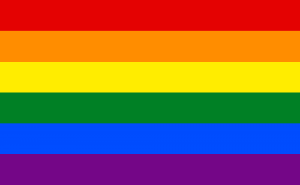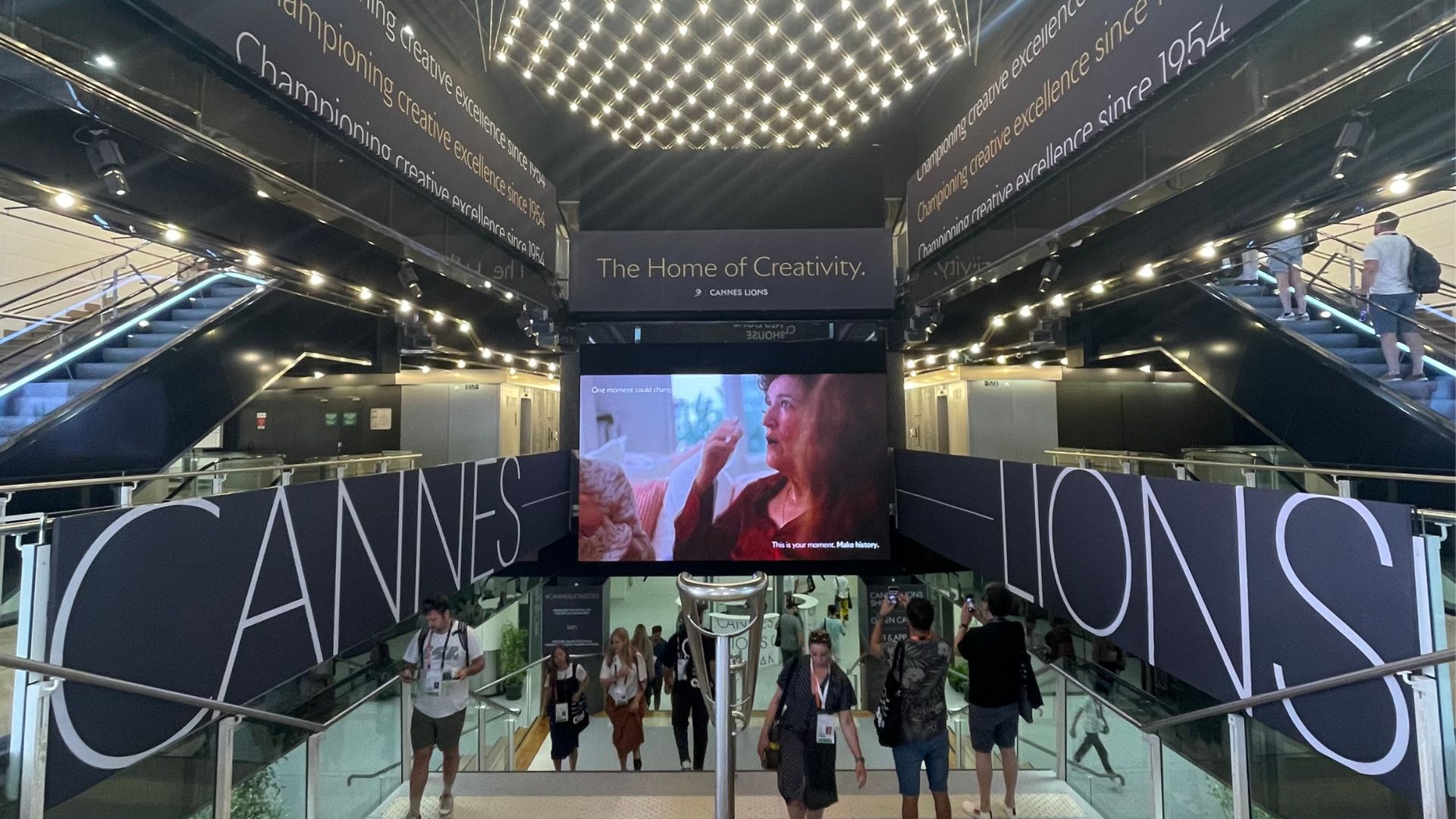 Last Friday’s SCOTUS decision for marriage equality was a historic event and, while there were some vocal detractors, the chorus of those celebrating the decision was heard far and wide – coming from individuals, organizations, governments and notably, brands. The speed with which rainbow hued celebratory logos, specialized social media content, print ads and even light projections on the White House appeared showed that many were preparing for this moment for weeks (if not months), and stood at the ready to share their support live and in full (rainbow) color. If content is the currency of the Internet, the speed with which it appears accelerates its value.
Last Friday’s SCOTUS decision for marriage equality was a historic event and, while there were some vocal detractors, the chorus of those celebrating the decision was heard far and wide – coming from individuals, organizations, governments and notably, brands. The speed with which rainbow hued celebratory logos, specialized social media content, print ads and even light projections on the White House appeared showed that many were preparing for this moment for weeks (if not months), and stood at the ready to share their support live and in full (rainbow) color. If content is the currency of the Internet, the speed with which it appears accelerates its value.
But what happens now that June is over? What happens when the Pride Month celebrations that were made all-the-more-joyous by the Supreme Court decision becomes a fond and distant memory? How should brands continue to express their support for marriage equality in the most appropriate way? When is it OK to remove the rainbow filter from Facebook profile pictures? These are a few of the questions that need to be answered and, in short, there are no hard and fast rules. But just like any other communication, there should be an authentic level of engagement and it should be strategic. Here are some questions marketers should consider before pulling out the ROYGBIV markers again:
1. Does my brand have permission to be part of this conversation?
Does your brand have a history of supporting equality causes and have you communicated and celebrated victories before? If the answer is no, have you ever done the opposite and stood against equality, even inadvertently? Meme-jacking marriage equality without an authentic and relevant connection to the issue is inappropriate and can even do damage to your brand similar in my eyes, to what happens to those who profit off of other people’s tragedy.
2. Have I first engaged my LGBT employee base?
Starting from your leadership all the way to your entry-level employees, have you engaged your LGBT employees (first) and then their supporters? If there are detractors in your company (who have a right to their opinions) are they vocal? Your celebrations will look hollow if the people who make your products are not on board, and your organization’s track record on inclusion will come under scrutiny. Be sure you are ready for a close-up.
3. What are the leading LGBT friendly brands doing?
Check out HRC’s ranking of LGBT friendly businesses, they are role models on this topic – but again, always conduct yourself in a tone and manner consistent with your brand. If you don’t usually scream and shout, don’t start now. Speak and show up like you always would. Here are a few examples of brands that tastefully hit the mark.
4. Like marriage, am I committed till death do us part?
If this is the first, only and last thing you ever say about this issue, then don’t do it. I am not saying you need to engage weekly but, once you’ve joined the march for equality, you will be expected to continue walking the walk.
Brands should be commended for lending their voices to support marriage equality for all people. But remember, this is but one of many struggles, and there are many groups of people who need support and there’s still much work to be done. This could be the catalyst for taking a fresh look at your brand and exploring social issues that fit your culture to see where you can build more purpose into your communications and marketing. Brands can play a meaningful role in consumer’s lives as long as they are relevant, appropriate and authentic. Consumers are most likely to say “I DO!” to brands that truly align with their beliefs (click to tweet) – and those are meaningful relationships that last. #LoveWins


